Currently Empty: ₨0.00
Scabies
Causes
Scabies is caused by a tiny, eight-legged mite. The female mite burrows just under the skin and makes a tunnel where it lays eggs.
The eggs hatch, and the mite larvae travel to the surface of the skin, where they mature. These mites can then spread to other areas of the skin or to the skin of other people. Itching is caused by the body’s allergic reaction to the mites, their eggs and their waste.
Close skin-to-skin contact and, less often, sharing clothing or bedding with a person who has scabies can spread the mites.
Pets don’t spread scabies to humans. The scabies mites that affect animals don’t survive or reproduce in people.
However, coming in contact with an animal that has scabies may cause brief itching if the mite gets under the skin. But within a few days, the mite will die. So treatment isn’t needed.
Product Description
Overview
Scabies is an itchy skin rash caused by a tiny burrowing mite called Sarcoptes scabiei. Intense itching occurs in the area where the mite burrows. The need to scratch may be stronger at night.
Scabies is contagious and can spread quickly through close person-to-person contact in a family, child care group, school class, nursing home or prison. Because scabies spreads so easily, health care providers often recommend treating the entire family or any close contacts.
Scabies is easily treated. Medicated skin creams or pills kill the mites that cause scabies and their eggs. But itching may not stop for many weeks after treatment.
Symptoms
Scabies symptoms include:
- Itching, often severe and usually worse at night
- Thin, wavy tunnels made up of tiny blisters or bumps on the skin
Scabies is often found in the skin folds. But scabies can appear on many parts of the body. In adults and older children, scabies is most often found:
- Between the fingers and toes
- In the armpits
- Around the waist
- Along the insides of the wrists
- On the inner elbows
- On the soles of the feet
- On the chest
- Around the nipples
- Around the belly button
- Around the genitals
- In the groin area
- On the buttocks
In infants and young children, common sites of scabies usually include the:
- Fingers
- Face, scalp and neck
- Palms of the hands
- Soles of the feet
If you’ve had scabies before, symptoms may start within a few days of exposure. If you’ve never had scabies, it can take as long as six weeks for symptoms to start. You can still spread scabies even if you don’t have any symptoms yet.
Complications
Scratching too much can break your skin and cause an infection, such as impetigo. Impetigo is an infection on the skin's surface that's caused most often by staph bacteria (staphylococci) or sometimes by strep bacteria (streptococci).
A more severe type of scabies, called crusted scabies, may affect certain people, including:
- Young children
- People with developmental disabilities
- People with weakened immune systems, such as those with HIV or lymphoma, or people who have had organ transplants
- People who are very sick, such as people in hospitals or nursing facilities
- Older people in nursing homes
Crusted scabies makes the skin crusty and scaly, and affects large areas of the body. It's very contagious and can be hard to treat. Quick treatment with both a prescription pill and a skin cream is needed.
Typically, someone with scabies has about 10 to 15 mites. But someone with crusted scabies may have millions of mites. Yet itching may not occur or may be mild.
Prevention
To prevent scabies from coming back and to keep the mites from spreading to other people, take these steps:
- Wash all clothes and linen. Heat kills the mites and their eggs. Use hot, soapy water to wash all clothing, towels and bedding used in the last three days before beginning treatment. Dry with high heat. Dry-clean items you can't wash at home.
- Starve the mites. Place items you can't wash in sealed plastic bags and leave them in an out-of-the-way place, such as your garage, for a week. Mites die after a few days without food.
- Clean and vacuum. It's a good idea to clean your home to prevent scabies from spreading. This is especially true for people with crusted scabies. Vacuum furniture, carpets and floors to remove scales and crusts that may have scabies mites.









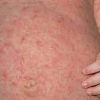

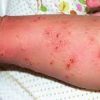
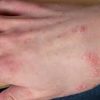
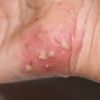
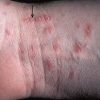
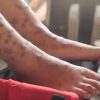
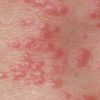
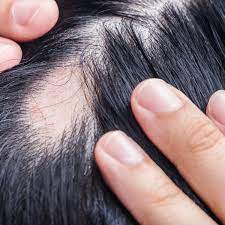


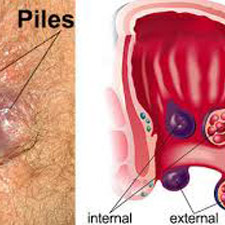





There are no reviews yet.